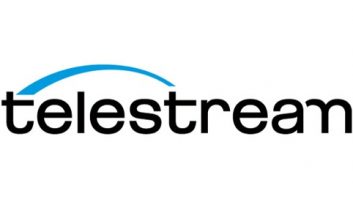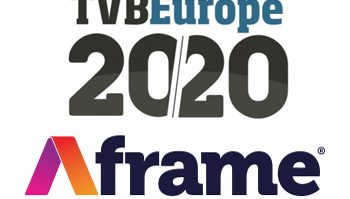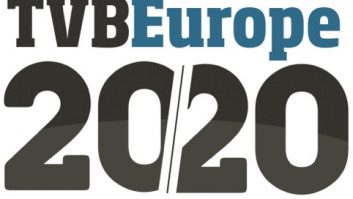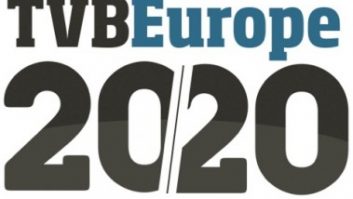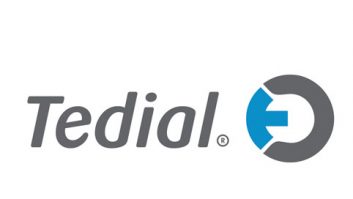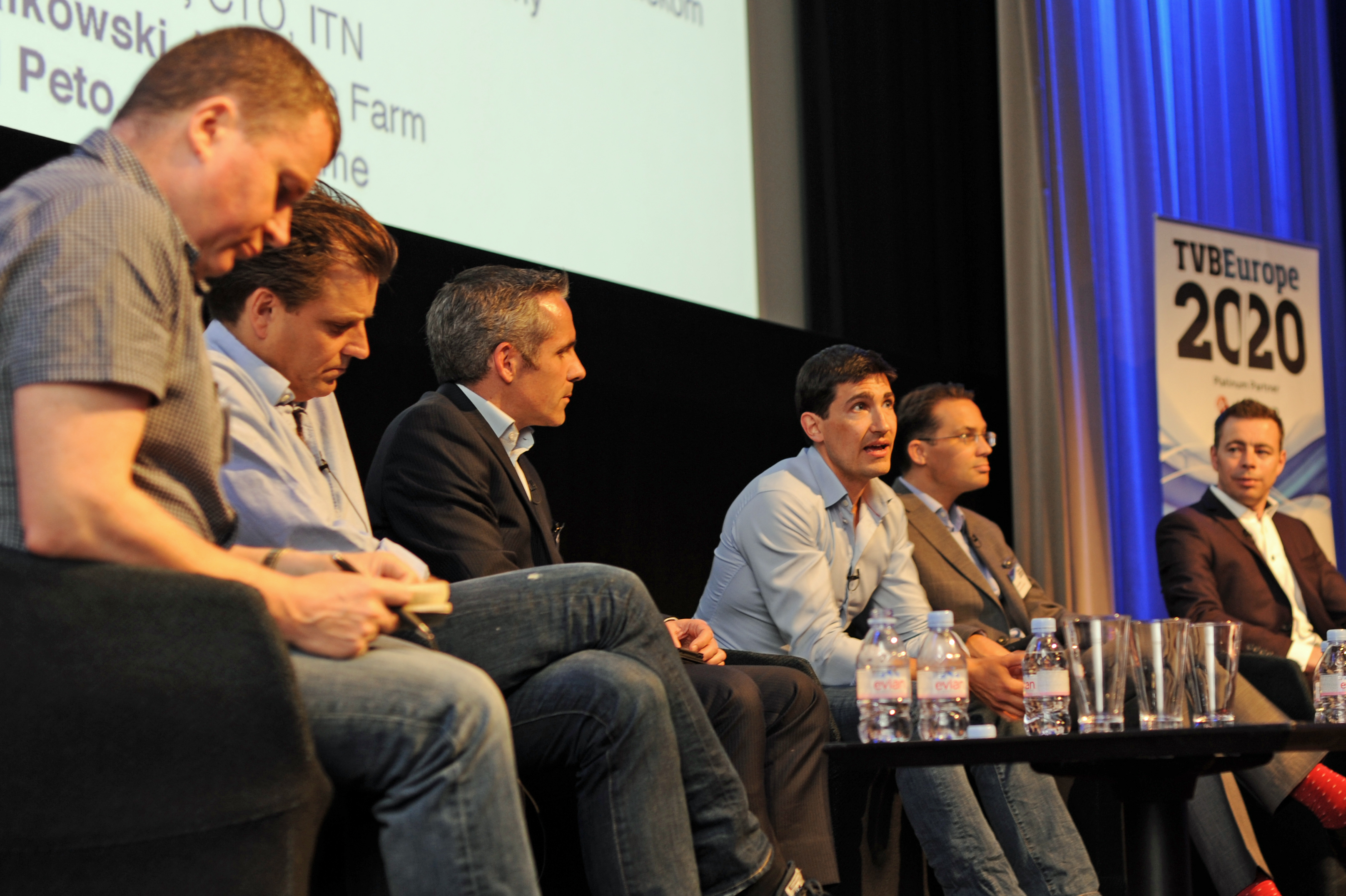
TVBEurope’s conference season has rolled around again, but this one marked an evolution from past years, with TVBEurope’s venerable Beyond HD Masters and IT Broadcast Workflow conferences combined into one unified seminar. The synergistic result was one of the most forward-looking and insight-rich conferences TVBEurope has yet offered and a reminder of the now inextricable link between IT workflows and higher format video.
John Ive, IABM’s director of technology and strategic insight, and regular TVBEurope conference host, opened by emphasising that despite the size of the global broadcast industry, it is dwarfed by other technology players, such as the IT and telecoms industry, which are increasingly becoming intertwined with the world of broadcast. Technologies like 4K can only be effectively created and delivered by IT workflows, and simultaneously these workflows create a flexibility – or instability, one might say – that creates the environment for even more dramatic changes in broadcast industry practices.
Ive’s IABM research showed that 54 per cent of IABM member revenues were now from services, many of which would be impossible without IP-based infrastructures, multi-platform delivery being a key example.
“We have traditionally thought of ourselves as a broadcast industry,” he stated. “But as we get more democratisation, more channels that are not typical broadcast channels, and more people making content, though the broadcaster is still important, could it be that it is the service provider – or even totally new customers – that we have to address?”
Looking for a blueprint
Thierry Fautier, president of the Ultra HD Forum, started off the day’s sessions with a keynote address, the title of which encapsulated the day’s principal theme, ‘Tomorrow’s world: the convergence of UHD and IP ecosystems and the impact on production workflows and delivery’.
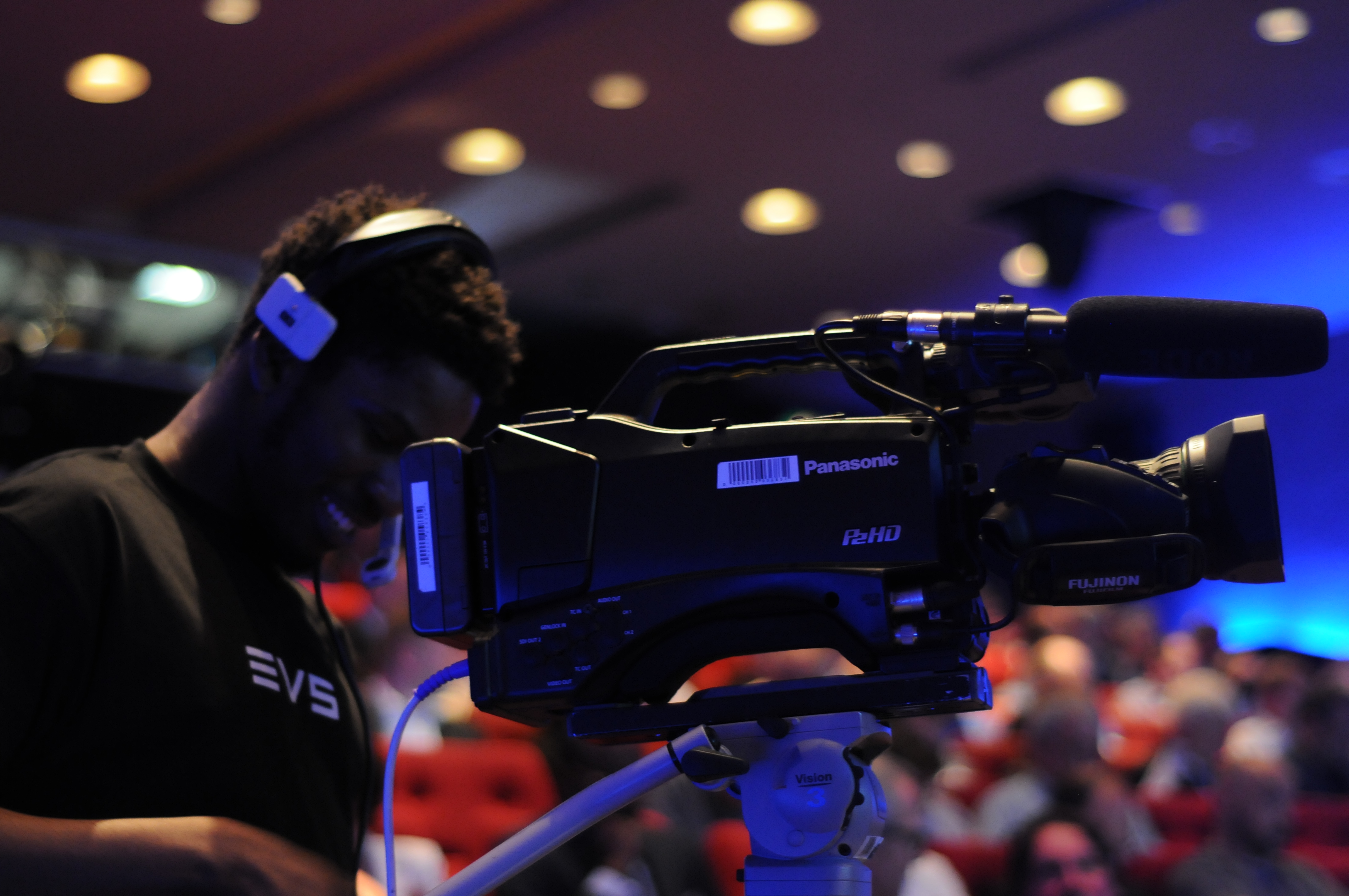
Fautier opened by saying that a UHD future included implementation of wide colour gamut, high dynamic range (HDR), higher frame rates (HFR) and next generation audio. He cited research suggesting mass consumer adoption of 4K TV will take place between 2017 and 2018 with the “magic number” of 20 per cent take-up reached, based on current projections.
By 2017/18, the Ultra HD Forum aims to have ten times more services than exist today, with broad content availability, live HDR capability, and backward compatibility. By 2019, the goal is to have a full spec deployed that will include 2160p/120, MPEG level 5.2 with HFR and HDR – this delivered via stream without a decoder.
A key challenge in adoption and deployment of 4K services is the lack of a single blueprint for how it will be deployed. The purpose of the Ultra HD Forum is to provide benchmarks and milestones for the rollout of UHD TV, including specifications and standards.
“We want a single specification for the future,” said Fautier. “We don’t want to keep going back to the drawing board.”
Fautier then joined a keynote panel: ‘UHD and IT/IP: convergence or divergence and the options for UHD delivery’, which featured Bevan Gibson, CTO at ITN; Dr Hans Hoffmann of the European Broadcasting Union (EBU); Thomas Kernen of Cisco, and Chris Johns, chief engineer at Sky.
Fautier had implied in his earlier presentation that perhaps organisations like the EBU were behind and that the slow process of establishing standards and consensus was holding back the development and deployment of UHD.
“We are definitely not behind,” EBU’s Hoffmann countered. “We need to have a longer term solution in place. So we are not as in favour of a very short-term solution that only satisfies the sales of certain big companies for the next year. We rather believe that we need to put the user in the middle of our considerations.
“We do feel we are a little alone in standards bodies,” Hoffmann continued. “When we raise the subject – and we make it absolutely clear – that we need to have standards that are future-proof for the next ten years.”
There was consensus among the panellists that a 4K/UHD world would be prohibitively expensive and complicated using traditional infrastructure and that it was going to require a move to software-centric platforms.
While concurring that IP was going to be the workflow environment of the future, Sky’s Chris Johns noted that the road ahead might be a bit bumpy. Sky has been almost ‘tapeless’ for some time now.
“The ‘gotcha’ at the moment, and where we’re pushing the boundaries, is live production: the processing of live, synchronous, low-latency, real-time feeds across multiple networks,” Johns said. “As we’ve seen from NAB, there are a bunch of different vendors all proposing their own standard, which works perfectly well on its own, but when I want vendor A to deliver their IP package into vendor B’s switcher, is it going to work? That universal coaxial cable was wonderful, it delivered everything down one known interface.”
Consumers take control
The next panel, ‘Consumer trends and their influence on the professional environment’, took a look at how the industry is increasingly in the thrall of consumer demands. The panel was composed of media analysts: Ennel van Eeden of PwC Netherlands; Erhan Gurses, of Bloomberg Intelligence; Mohammed Hamza of SNL Kagan; and Martyn Whistler of Ernst and Young.
Ennel van Eden gave statistics from PwC’s Global Media Report that confirmed what is no secret: that traditional broadcasters are losing ground and that bundled cable packages are no longer as highly valued as they once were, especially among millennials who have substantially reduced their linear TV watching.
SNL Kagan’s Mohammed Hamza noted that although consumers had an unprecedented influence, that big technology companies still had leverage. “The industry drives platforms, they make the devices.” He said that while 4K seemed the next logical step for the industry that the time frame was still uncertain and that the transition from SD to HD had not yet been fully realised. “There won’t be any providers that are going to offer an SD channel, an HD channel, and a 4K channel.”
Ernst and Young’s Martyn Whistler looked into who exactly the audience was and what they wanted. “Anytime, anywhere access is an expectation now. It’s almost considered a right.” He also said that content producers must maintain an on-going relationship with the audience, that there has been a move from “offer” to “engagement” which is forcing broadcasters to up their game.
Getting it to work – and work simply
The next panel asked the question ‘Do we have the necessary creative tools and infrastructure for UHD production?’ Present on this technology-focused panel were BT Sport’s chief engineer, Andy Beale; John Ellerton, head of media futures at BT Media and Broadcast; MC Patel of Emotion Systems; and Simon Tuff, principle technologist at the BBC.
BT Sport’s Andy Beale appeared only weeks after the company launched what it believes to be Europe’s first UHD channel. Rather than waiting for standards bodies to get their ducks in a row, BT has just gone ahead and deployed a 4K channel. The fact that the company owns the means of distribution via it’s own broadband network simplifies many of the problems that have bedevilled broadcasters. BT Sport will initially transport UHD as quad-HD signals, but Beale says BT will continue to improve and upgrade the technology as time goes on.
MC Patel and Simon Tuff each represented the audio world on the panel. Both claimed that the new world of object-oriented audio will enable whole new ways of experiencing content. Object-oriented audio could correct for badly arranged sound systems in the home or allow for custom mixes of a soundtrack – louder dialogue for the hard of hearing or a selection of commentaries during a sporting event.
The first after-lunch panel, ‘IP workflow: the future of broadcast in an IP-based world’, featured Ian Cockett, CTO of Pebble Beach Systems; Alla Salehian, CEO of global news agency TIMA; Tim Santhouse of Reuters; Rod Fairweather of Viacom, Johan Vounckx of EVS; and Sony’s Peter Sykes.
Again, the question of standards arose. Johan Vounckx noted, “Many of the building blocks for IP are already there. Some are mature, some are not mature. What’s lacking is a joint industry effort to bring all these building blocks together and build a comprehensive end-to-end flow that’s interoperable and simply works.”
TIMA’s Alla Salehian, head of a global news service, pointed out that the IP utopia might be at odds with the reality on the ground around the world. “We still have some broadcasters who don’t have enough broadband to handle FTP, and then we have others who want live streams. The question is how do we, as content producers, make sense of this.”
Risks and rewards
‘The risks and rewards of IP for broadcast media entities’ continued the discussion with panellists George Boath of Telestream; Dr Glodina Connan-Lostanlen of Imagine Communications; Kris Hardiman of Ericsson Broadcast and Media Services; Maciek Janiszewski of BroaMan; and Igor Krol of Veset.
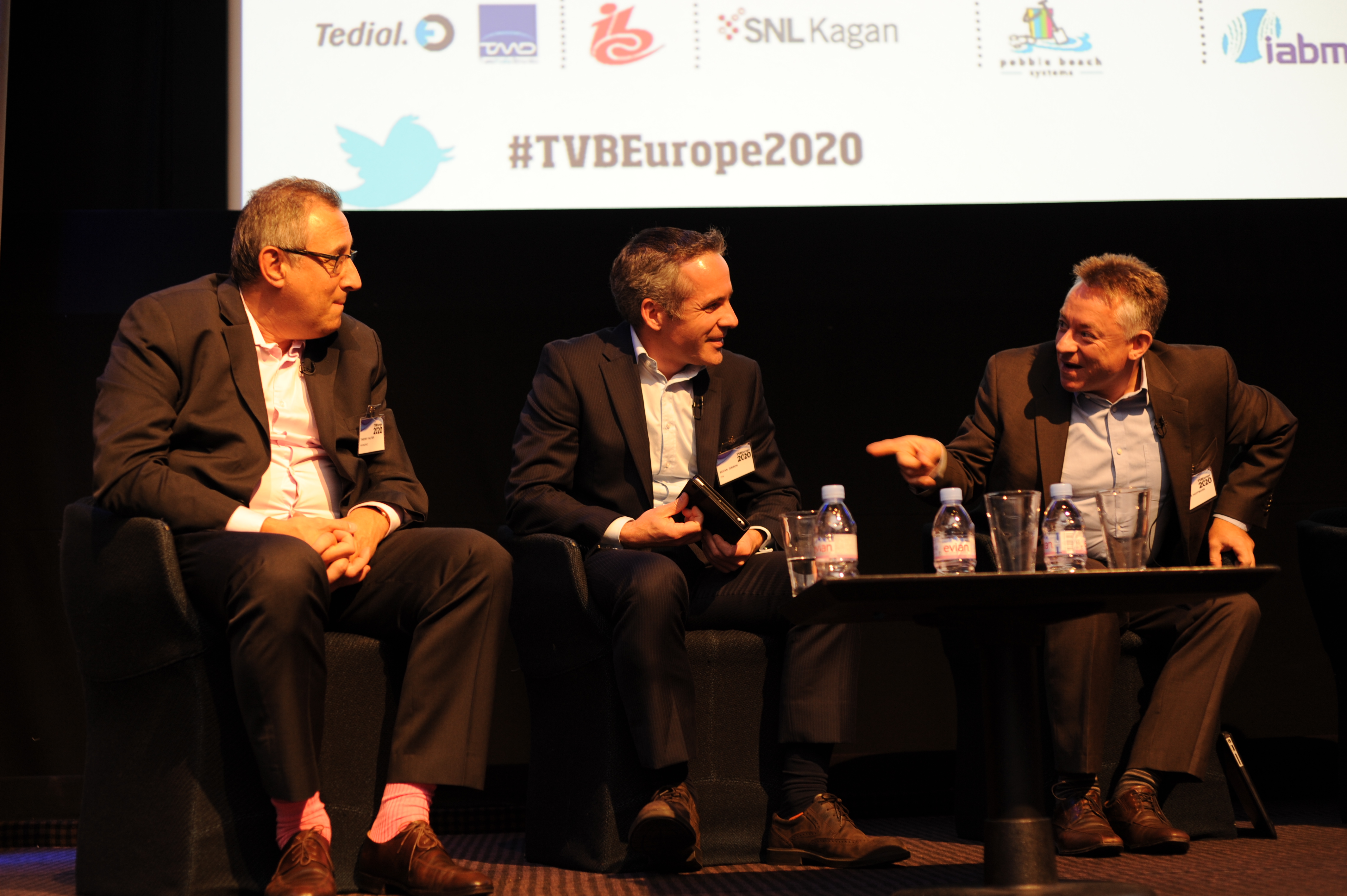
Ericsson’s Hardiman broke down the pros and cons of IP, noting that IP provides economies of scale, flexibility and, unexpectedly, skills access. The question of how to attract the best people to the broadcast industry emerged as a theme throughout the conference. With the migration to off-the-shelf and IP-based systems, broadcast infrastructure moves toward the pure IT realm. Though these changes might put stress on old-school technologists, they open the doors to the great mass of IT expertise in the world.
Hardiman noted that the risks of IP were that the technology didn’t always mesh with broadcaster-specific needs, that the technology needed to mature, and, of course, that it still lacked a set of coherent standards.
BroaMan’s Janiszewski commented on the standards issue: “It is very difficult to make a standard. We can make a great standard, but if it is difficult to implement, people will not use it.”
In a Platinum keynote presentation, Per Hansen of Aspera advised delegates on ‘How to avoid drowning under your own file mountain’.
File sizes are increasing (and will balloon further when 4K matures) and so is the number of files. The scale of the problem was illustrated by Hansen’s observation that Netflix distributed 33,000 different versions of Frozen. Many have said that working in the cloud is not practical for broadcasters for that very reason – moving masses of large files in and out of the cloud is too time-consuming and too expensive. Hansen noted that IP was originally designed for reliability, not for speed.
He offered the solution of keeping files in memory until the end of the process. “You cut out storing the content as a file and you work in memory instead throughout the whole process. I think by 2016 a proportion of your workflows will be streaming content, memory to memory, machine to machine, and won’t touch a single disk until the very end of the process.”
The question ‘Will SDI go the same way as tape?’ was addressed by Futuresource’s Adam Cox. He agreed that 4K was the catalyst for an all IP industry, but questioned how great the appetite for change actually was. Budgets are increasingly tight and a certain amount of “investment fatigue” has become common. He believed that a lot of production companies will be using legacy content well into the future. And again, the standards issue created uncertainty and hesitancy.
His conclusion: “Things take longer than you expect. SDI is going to be around for a long time yet. It’s still very, very early days.”
A tsunami of change
The day’s wrap-up session ventured into new territory as Simon Frost of Ericsson delivered a presentation on broadcasting’s place in a Networked Society incorporating connected technologies such as the Internet of Things. The panel that followed attempted to make sense of the wider reaching impact of technological advance in the context of the day’s overarching theme. Frost joined a diverse panel that included Jon Carter of Deutsche Telekom; Niall Duffy of Sony; Bevan Gibson of ITN, David Klafkowski of post house The Farm; and David Peto of Aframe.
It was universally agreed that 4K is inexorably bound to IP-based workflows and that the development of one would push forward the other, and that coherent sets of standards must be agreed upon. But the more important implications for the technologies were creative.
“4K isn’t new. We’ve been delivering in 4K for years,” noted The Farm’s Klafkowski. But he thought the technology allowed for new viewer experiences – the huge 4K image, with everything in focus, might allow for new types of storytelling tools; the viewers being able to zoom in on parts of the image, for example, which would in turn change how the content was shot and produced.
David Peto, CEO of cloud services provider Aframe, warned that the broadcast industry was in danger of irrelevancy in the face of a “tsunami of change”. “I spend a lot of my time in Silicon Valley,” he said, “and they are relentlessly ignoring what we do. They watch our industry and its reticence to change and they shy away from it. And unfortunately for us, this is where the money comes from nowadays.”
Peto cited Vice which is creating content in 4K, and will be able to deliver that content too via IP, unencumbered by the infrastructure of a linear broadcaster.
One thing TVBEurope 2020 made clear: 4K and IP will be transforming the broadcast industry. But what kind of industry that is going to be remains to be seen.
By Neal Romanek
TVBEurope 2020 review
By George Jarrett
Falling nicely between NAB and IBC, TVBEurope 2020 added weight and perspective to many of the assumptions matching UHDTV inseparably with IP, and exposed the joyous advantages of being a green field site like BT Sport compared to those longer-established facilities that will go through an irritating hybrid period as SDI says a ridiculously long goodbye.
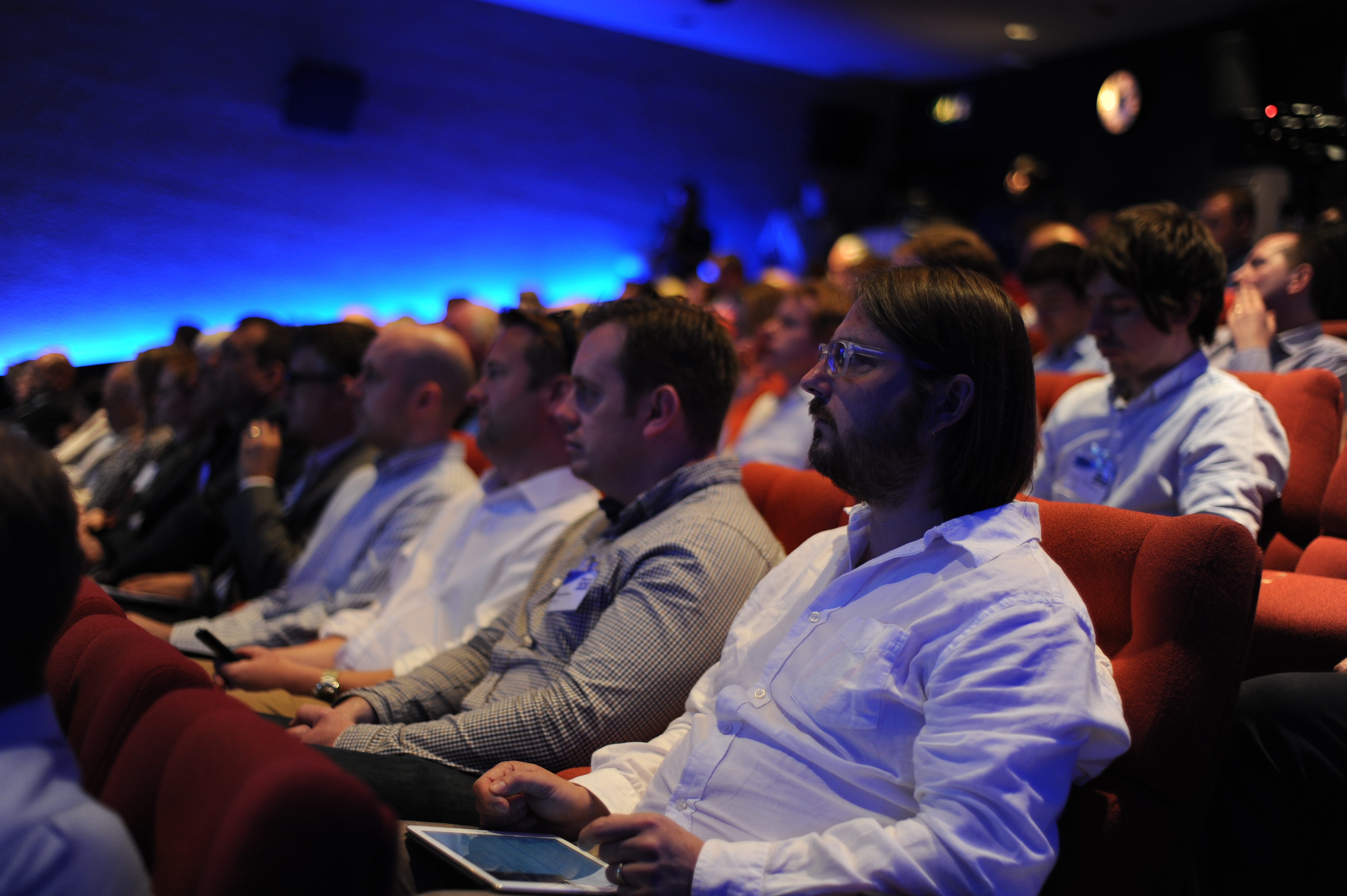
One of the key pleas was for “a small number of standards we can all use”, which need to be in place by IBC 2017. Standards bodies need that time, and will get it as the investment and collaboration is found to scale the internet, dynamic range somehow becomes a software upgrade for consumer sets, and content owners crack better ways to monetise their content across so many connected devices. With one speaker suggesting the TV could become the interface for up to 200 connected devices, we understood how close to the CES show our little $530 billion industry has become, but the set vendors in running with resolution alone have made 1080p 50 and up-scaling look attractive.
TVB 2020 proposed the versatile notion of using visual audio (HbbTV 2.0 with 4K via broadband), and one of four masterclass options running alongside the main program emphasised the importance of ITU-R BT2020 in terms of the better picture quality we want consumers to enjoy. Given the optimum viewing distance of UHDTV (1.5 picture height) and typical consumer seating distances, resolution is no wow factor. The EBU’s Hans Hoffmann was right to call for “a future-proof bit stream” to add ‘colourimetry’, HFR, HDR and immersive audio as they are perfected. This would offer a “stable, interoperable exchange” he said.
The elephant in the BAFTA rooms was the ITU debate about the extended dynamic range system (curve): has Dolby triumphed? Or the BBC and NRK, or Technicolor?
